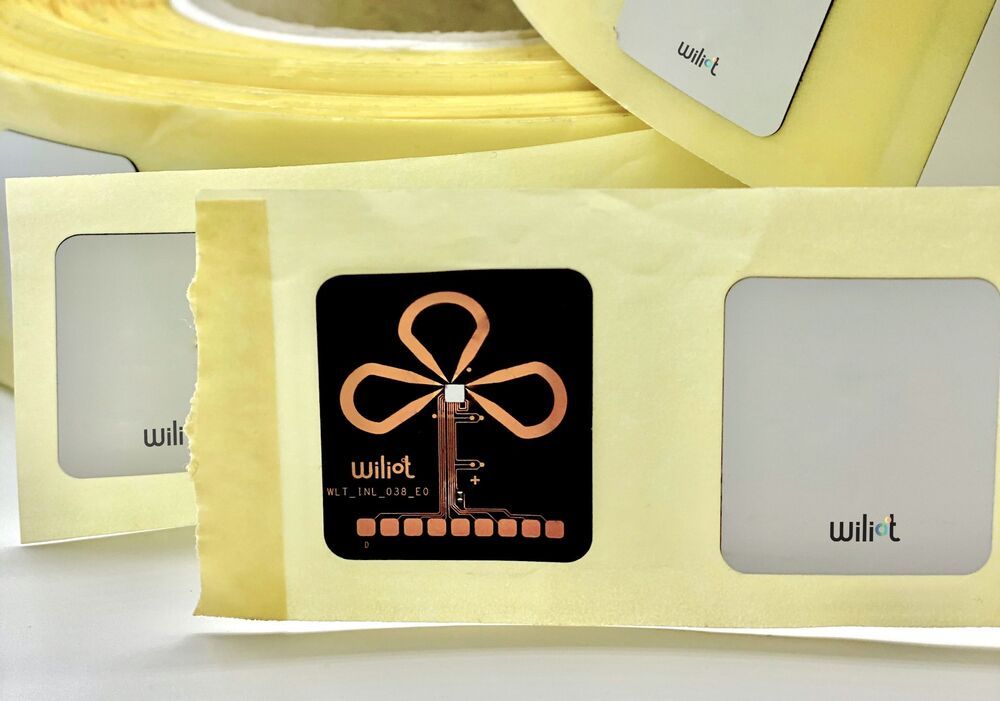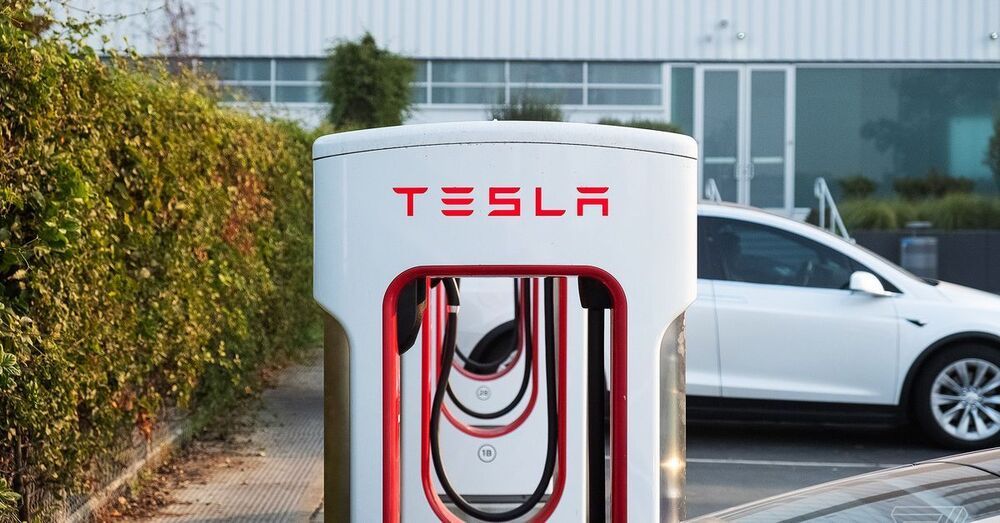
Wiliot — the IoT startup that has developed a new kind of processor that is ultra thin and light and runs on ambient power but possesses all the power of a “computer” — has picked up a huge round of growth funding on the back of strong interest in its technology, and a strategy aimed squarely at scale.
The company has raised $200 million, a Series C that it will use toward its next steps as a business. In the coming months, it will make a move into a SaaS model — which Wiliot likes to say refers not to “software as a service,” but “sensing as a service,” using its AI to read and translate different signals on the object attached to the chip — to run and sell its software. This will be combined with a shift to a licensing model for its chip hardware, so that they can be produced by multiple third parties. Wiliot says that it already has several agreements in place for the chip licensing part. The plan is for this, in turn, to lead to a new range of sizes and form factors for the chips down the line.
Softbank’s Vision Fund 2 led the financing, with previous backers — it’s a pretty illustrious list that speaks of the opportunities ahead — including 83North, Amazon Web Services, Inc. (AWS), Avery Dennison, Grove Ventures, M Ventures, the corporate VC of Merck KGaA, Maersk Growth, Norwest Venture Partners, NTT DOCOMO Ventures, Qualcomm Ventures LLC, Samsung Venture Investment Corp., Vintage Investment Partners and Verizon Ventures.









